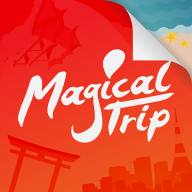When I ride the Eizan Railway in Kyoto, I can escape the hustle and bustle of daily life and feel a sense of tranquility and nostalgia. As someone who once lived in Kyoto, traveling on the Eizan Railway is an opportunity for me to rediscover the city's hidden charms.
Along the railway line, you'll find World Heritage temples and shrines scattered amidst lush nature. In spring, cherry blossoms bloom in splendor; in summer, I'm soothed by deep greens; in autumn, my heart is captivated by the brocade-like fall foliage; and in winter, I'm cleansed by the snow-covered landscapes.
Compared to the crowded central areas of Kyoto, the Eizan Railway area retains a calm aspect of the city.
During my student days, when I had worries, I would often head to Mount Hiei alone to clear my head by breathing in the crisp air. At Kifune Shrine, I prayed for success in love, and at Kurama Temple, I felt spiritual energy. There's also the unique spot of Ichijoji, known as "Ramen Town."
Even now, I occasionally reminisce about those times and ride the Eizan Railway when I visit Kyoto.
In this article, I'll introduce you to the highlights of the Eizan Railway. Why not experience Kyoto's profound charms while enjoying the majestic appearance of historic temples and shrines and the scenery woven by rich nature?

If you are looking for Comprehensive Kyoto Guide, check the article below! I summarized how and where you can enjoy different areas of Kyoto as much as possible.
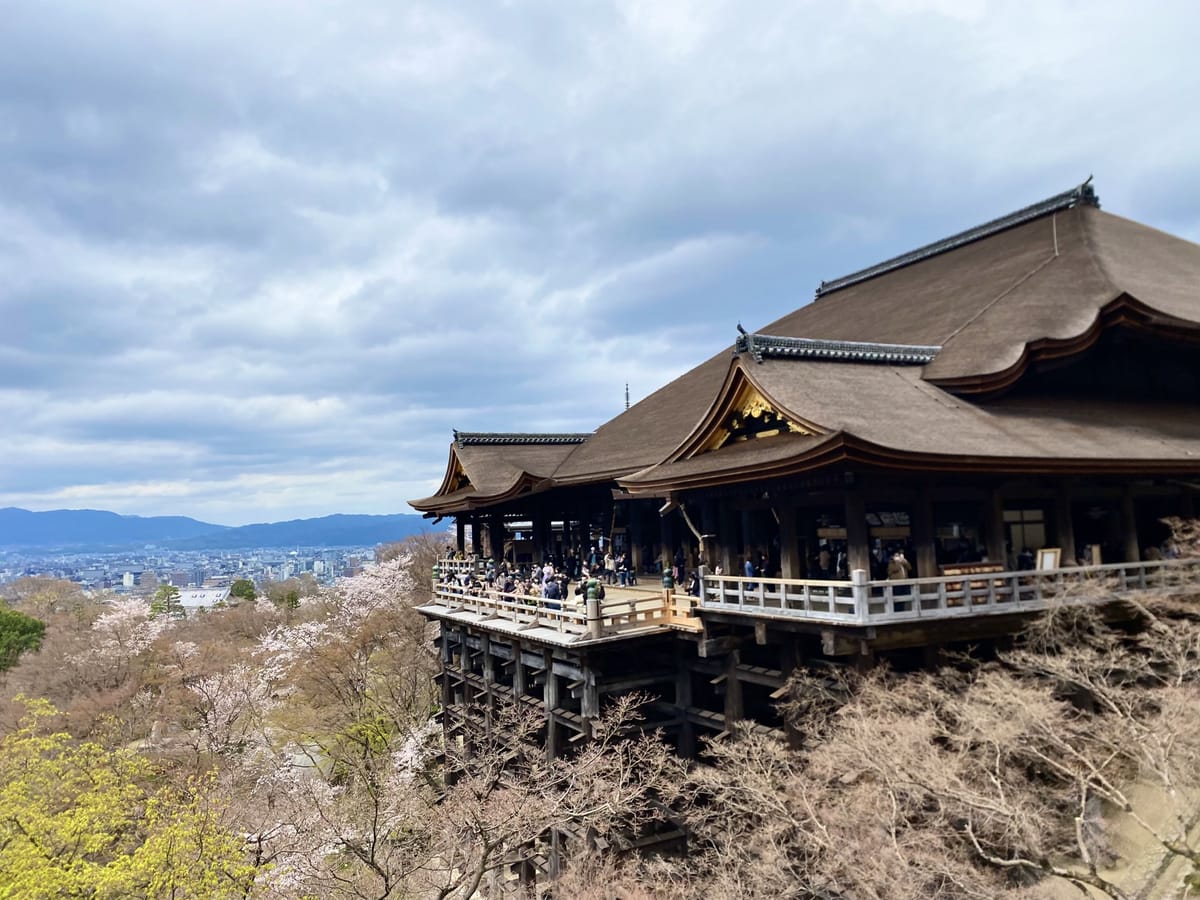
Table of Contents
・What is the Eizan Railway?
・4 Areas to Visit Along the Eizan Railway Line
・Tips for Enjoying the Eizan Railway Area
What is the Eizan Railway?
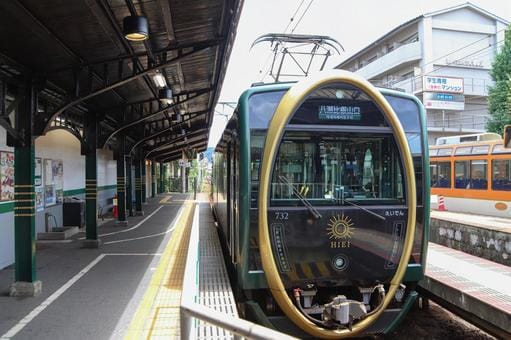
The Eizan Railway is a historic line running through Kyoto City. Not only are there many World Heritage sites and historic temples and shrines along the line, but it also provides access to nature-rich spots like Mount Hiei, Kurama, and Kifune.
When I lived in Kyoto, the Eizan Railway ran old train cars, but in recent years, new cars have been introduced that allow passengers to enjoy the scenery outside the windows.
I find it moving no matter when I ride, as you can enjoy beautiful scenery in all four seasons - cherry blossoms in spring, fresh greenery in summer, autumn foliage, and snow scenes in winter.
Accessing the Eizan Railway
You can transfer to the Eizan Railway at Demachiyanagi Station, the final stop on the Keihan Line heading towards Kyoto.
4 Areas to Visit Along the Eizan Railway Line
Here, I'll introduce four famous places to visit in the areas served by the Eizan Railway.
Kurama Station Area
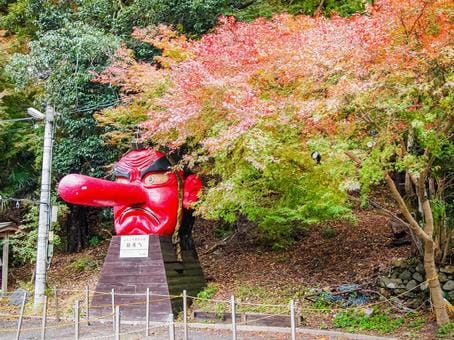
In the Kurama Station area, you'll find Kurama Temple, which has a long history dating back to 770. It's famous for "tengu," imaginary beings considered to be guardians of Buddhist law.
After riding the Eizan Railway Kurama Line and getting off at Kurama Station, you can reach Kurama Temple by walking about 30 minutes or taking a cable car.
Spring and autumn are the best seasons, as the weather is pleasant for walking and the scenery is beautiful. I once visited with a friend, and we experienced a sense of our hearts being cleansed by nature.
Website: http://www.kuramadera.or.jp/
If you are interested in Kurama area, check the article below! I summarized in more details and how I felt there.
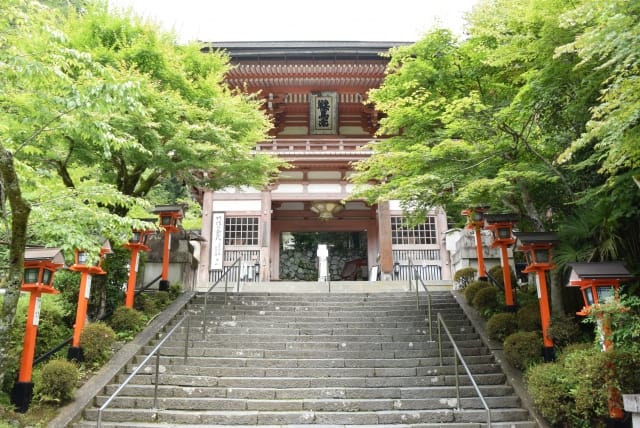
Kibuneguchi Station Area
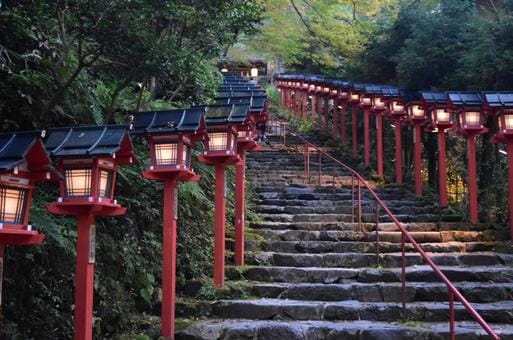
In the Kibuneguchi Station area stands Kifune Shrine, which is said to have existed since ancient times, with its exact founding date unknown. It enshrines the guardian deity of water and is particularly famous as a shrine for "matchmaking," popular among those wishing for success in love.
The torii gate and long stone staircase are distinctive features, and the scenery is worth seeing. I still vividly remember being overwhelmed by its beauty and sacred atmosphere when I first visited as a student.
In summer, restaurants in this area set up "kawadoko" terrace seats where you can enjoy meals while appreciating the flow of the river. I think it's a perfect spot to spend special time with someone important to you.
You can access Kifune Shrine by taking the Eizan Railway Kurama Line, getting off at Kibuneguchi Station, and then taking a bus or walking.
Website: https://kifunejinja.jp/en/
If you are interested in Kifune, check the article below! I summarized in more details and how I felt there.
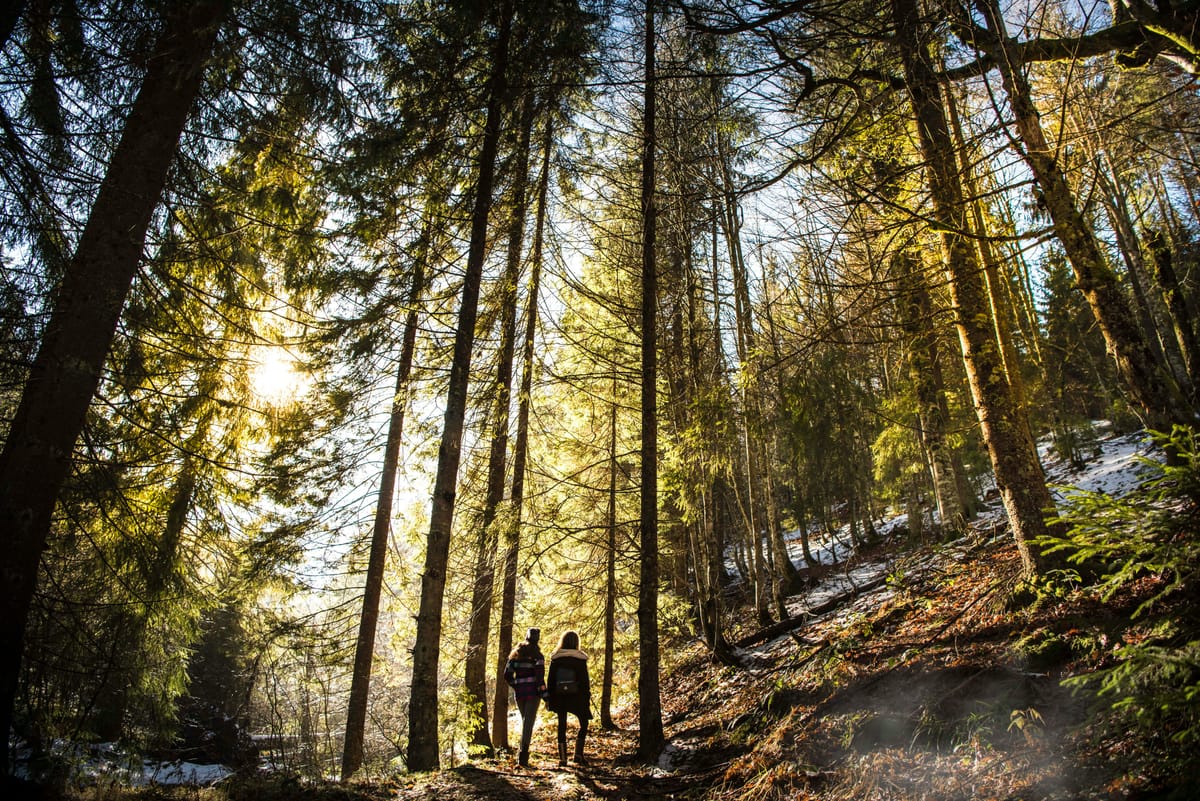
Yase-Hieizanguchi Station Area
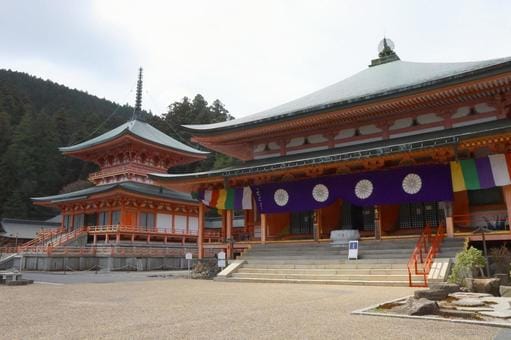
In the Yase-Hieizanguchi Station area, you'll find Enryaku-ji Temple, the head temple of the Tendai sect, founded by Saicho in 788. The entire Mount Hiei is an object of worship and houses numerous cultural properties.
It's also famous as a place for ascetic training and has a solemn atmosphere. From the Eizan Railway's "Yase-Hieizanguchi Station," you can take a cable car to the summit and fully appreciate the great nature of Mount Hiei and the majestic appearance of the temples and shrines. It's a place where you can have a soul-cleansing experience.
Website: https://www.hieizan.gr.jp/en/
Ichijoji Station Area
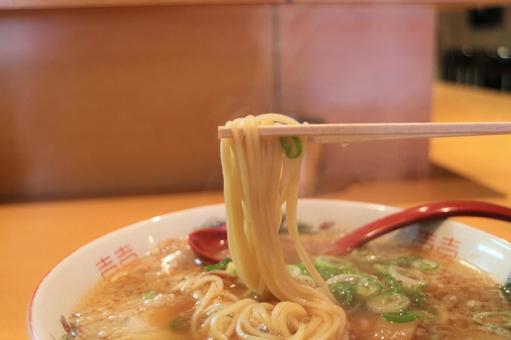
The area around Ichijoji Station on the Eizan Railway is known locally as one of the fiercest battlegrounds for ramen not only in Kyoto but in all of Kansai. The charm lies in the variety of ramen options, with about 20 ramen shops around the station, ranging from long-established stores to new ones.
During my student days, I often went ramen-hopping in this area with friends. Being able to enjoy ramen from various shops felt like a culinary adventure, and it was truly exciting. If you're a ramen lover, I highly recommend visiting this area.
If you are interested in Ichijoji, check the article below! I summarized how and where you can enjoy Ichijoji as much as possible.
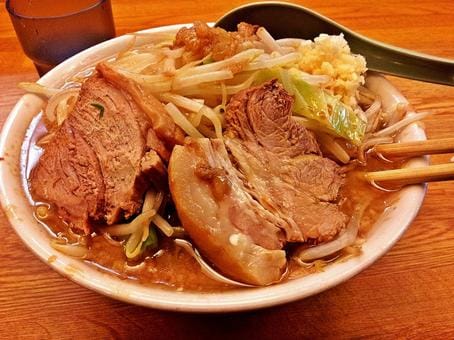
Tips for Enjoying the Eizan Railway Area
Here are three tips for comfortably enjoying the Eizan Railway area.
Buy a "One-Day Pass" if Visiting More Than 3 Areas
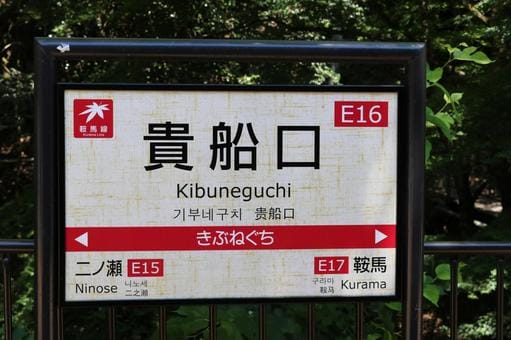
The Eizan Railway sells a one-day pass that allows unlimited rides on the day of purchase. It costs 1,200 yen for adults and 600 yen for children, and as a guideline, it becomes more economical if you plan to get off at three or more stations.
Also, if you plan to eat ramen in Ichijoji, there's a "Kyoto Ichijoji Ramen Ticket" set that includes a ramen ticket and a one-day pass for 1,900 yen (same price for adults and children), which is also a good deal. I used to use it often.
I recommend purchasing the one-day pass at Demachiyanagi Station.
Avoid Days with Bad Weather
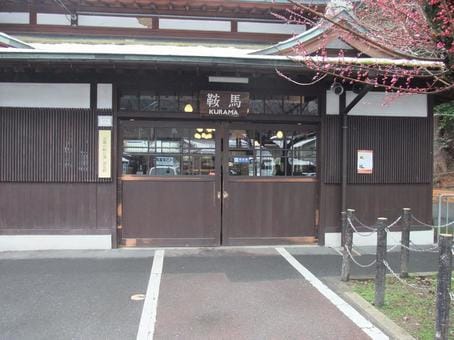
Many of the attractions along the Eizan Railway line are rich in nature, so there's a risk of disasters like landslides on days with heavy rain or snow. While the roads in the Kurama, Kifune, and Mount Hiei areas are well-maintained, it's safer and more enjoyable to visit on days with good weather since they're in mountainous areas.
I think it's best to leisurely explore on a sunny day. I've visited with friends on clear days a few times, and we were able to fully enjoy the beauty of nature.
Summer is a Hidden Gem Season
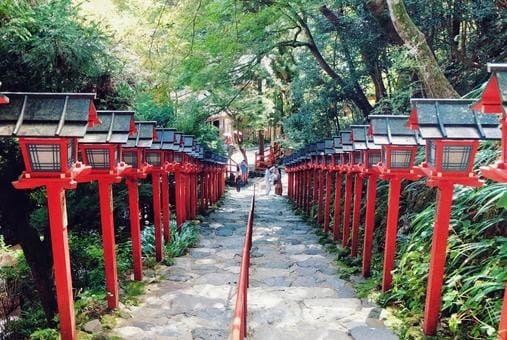
This isn't limited to this area, but Kyoto is generally popular in autumn and spring. The Eizan Railway area is very cold in winter, so autumn and spring are indeed recommended if you want to enjoy the seasons.
However, summer is also a cool area, so I recommend the Kurama, Kifune, and Mount Hiei areas as cool spots away from central areas like Gion. If you visit with the feeling of going to a summer resort, you might discover charms unique to summer.
As I've introduced in this article, there are many attractive areas along the Eizan Railway line, from historic temples and shrines to beautiful nature and unique gourmet spots.
Even for me, who used to live in Kyoto, traveling on the Eizan Railway holds many fond memories. Why not ride the Eizan Railway to search for the hidden charms of the ancient capital and have a wonderful experience? I'm sure you'll discover a new side of Kyoto.


